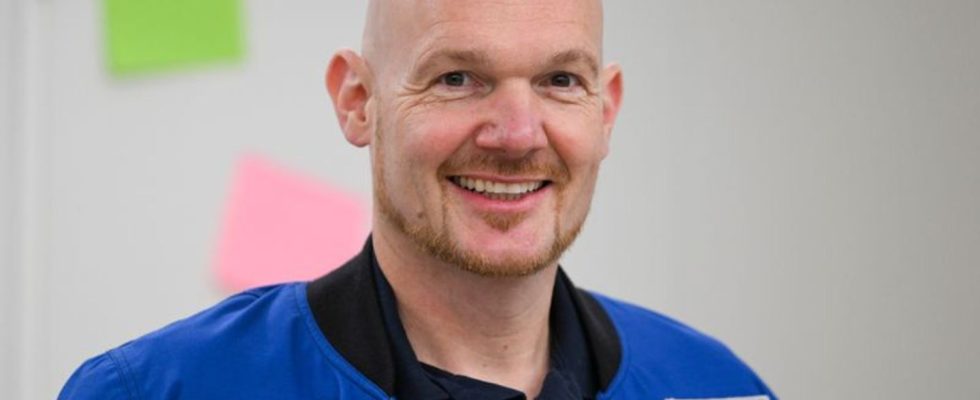Space travel
Europeans on the moon? – “Ten on a scale of ten”
ESA astronaut Alexander Gerst really wants to travel to the moon. photo
© Jens Kalaene/dpa
China, India and the USA – the new race to the moon will be decided in the next few years. A European should also be on board. But does he or she also set foot on the earth companion?
The German astronaut Alexander Gerst would love to be one of the people who will soon be back on the… moon walking around. Holding moon rocks in your hand – that would be a “ten on a scale of ten” for him, Gerst told the German Press Agency (dpa) in Berlin. “As for all my colleagues.” In total there are currently six active European astronauts with space experience.
However, it is still not clear whether there will be a European visit to the moon any time soon. A flight with an astronaut from the European Space Agency Esa is not planned for the US lunar mission “Artemis 2”, currently planned for the end of 2024, nor for the “Artemis 3” launch planned for 2025, but only for “Artemis 4” and “Artemis 5,” as ESA General Director Josef Aschbacher told the dpa.
Just to the moon or on it too?
It is unclear whether he or she will be one of two of the mission’s four astronauts who not only fly to the moon but also set foot on it. “That hasn’t been defined yet,” said Aschbacher. The US space agency Nasa doesn’t want to make a decision until after the “Artemis 2” flight.
In this mission, four US and Canadian astronauts will orbit the moon in an “Orion” spacecraft, for which ESA is contributing the European Service Module (ESM), built by Airbus in Bremen. It won’t be until “Artemis 3” that there will be Americans on the moon again.
China or USA?
To date, the USA is the only country that has brought astronauts to the moon: from 1969 to 1972, twelve US astronauts set foot on the Earth’s companion during the “Apollo” missions. Some experts believe another US moon landing is not possible until 2027 at the earliest – and the competition never sleeps: China wants to bring astronauts to the moon by 2030 and India by 2040.
As close as the new race to the moon between China and the USA could be, Esa boss Aschbacher has a clear favorite: “The next astronaut to stand on the moon will very likely be an American. Pretty much “Certainly even.”
Aschbacher is convinced that a lot will happen on the moon from the middle of the next decade. It is very likely that the first stations on the moon will be in which astronauts will initially live for a few weeks and later, as on the ISS space station, perhaps even for half a year.
Raw material source moon?
One goal of the nations is to secure potentially economically relevant claims, for example for the possible mining of raw materials such as rare earths. So far, the ownership claims for the moon are still largely unclear, explained Aschbacher. There are guidelines, no binding contracts. The Artemis Accords initiated by the USA would provide for usage rights for the location of a station – i.e. indirectly a claim to ownership. However, the agreement has not been signed by major space nations such as China and Russia. “So there are many, many unanswered questions.”
First come, first served – this will probably also apply to claims on the moon. Aschbacher sees real long-term opportunities for economic growth generated there. Since, according to current knowledge, the moon was once separated from the earth, very similar mineral resources are likely to be found there. They could initially be used to build lunar bases or produce fuel – and if transporting certain raw materials to Earth becomes economically viable, that could also happen.
At the moment, with today’s technology, extracting raw materials with transport back to earth doesn’t make sense, said Gerst. “But this is about looking into the future, not just ten years, but 100 years or more.”
Today, one can only speculate about other business areas or cannot even imagine them, added Aschbacher. But they will exist. “I’m 100 percent convinced.” In many lunar projects, “at the beginning the costs are higher than the benefits, that’s very clear. But at some point a benefit will develop there too.”

